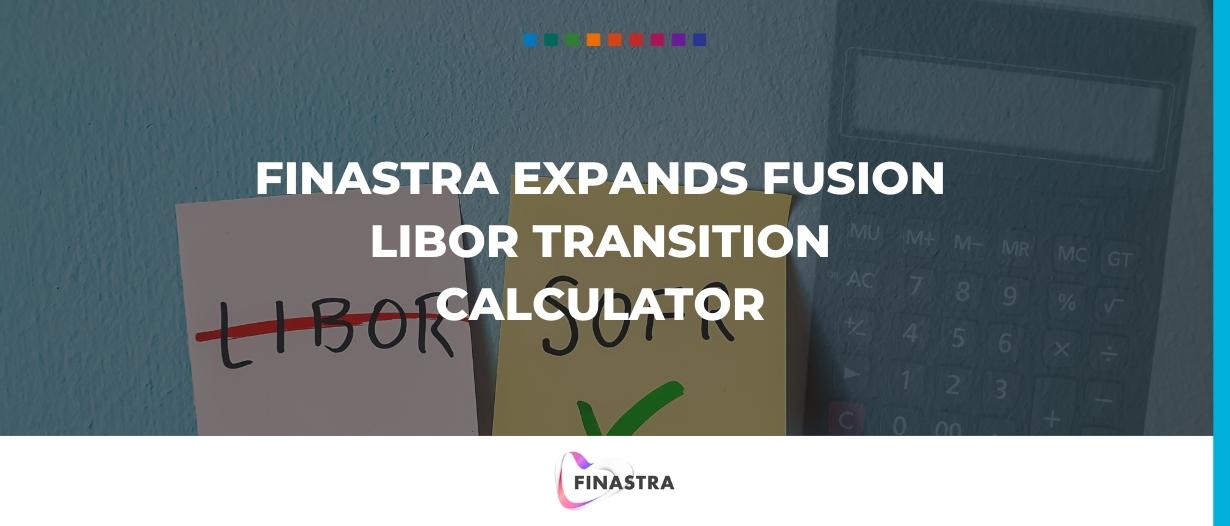UK-based fintech Finastra has introduced additional alternative reference rates (ARR) and risk-free rates (RFRs) to its Fusion LIBOR Transition Calculator.
The move enables banks, corporates, and borrowers to calculate ARR in preparation for the end of the majority of LIBOR rates on December 31, 2021.
In addition to the Secured Overnight Financing Rate (SOFR) for the US dollar and the Sterling Overnight Index Average (SONIA) for pounds sterling, the Finastra calculator now incorporates ARR rates €STR for the euro, the Tokyo Overnight average Rate (TONAR) for the Japanese yen, and the Singapore Overnight Rate Average (SORA) for the Singapore dollar.
Simon Thorogood, senior principal product manager for corporate and syndicated lending at Finastra, said that as the LIBOR transition matures, a new range of risk-free rates is emerging across the market, which will add additional complexity and cost to many organisations’ operations.
“Banks and corporate borrowers need to be fully prepared,” said Thorogood.
“They must ask themselves: Are they ready to source and calculate the new risk-free rates?
“Can they reconcile rates that are released by different authorities at different times? Do they have coverage of all the complex calculation methods that impact accruals?
“Finastra’s Fusion LIBOR Transition Calculator is fast to deploy and can help banks and corporates address all these challenges, and help them to validate what is being sent to them.”
With the cessation of LIBOR at year-end for the majority of currencies and tenors, the Fusion LIBOR Transition Calculator service aims to help banks, corporates, and borrowers manage a seamless transition to the new rates.

Finastra said its calculator uses accepted ARR market conventions to deliver consistent and accurate results, thereby helping users significantly reduce operational risk and ensure regulatory compliance.
Available through Finastra’s FusionFabric.cloud open innovation platform, the calculator service can be integrated with a bank’s existing lending systems.
Additionally, Finastra believes its use of Open APIs will facilitate further integration with legacy systems that have not been prepared for the LIBOR transition, and are unable to perform complex ARR calculations.
The new calculated ARR rates can be directly consumed by these legacy applications, avoiding the need for complex and costly system changes.
Patricia Hines, head of corporate banking at fintech research group Celent, said: “Minimising the risk associated with the transition away from LIBOR to new risk-free rates is absolutely essential, and any technology that can help simplify what could otherwise be a very complex process will be most welcomed by the industry.”
Finastra aims to bring ARR functionality to loan accounting and servicing, and its Fusion Loan IQ product offers compounding in arrears calculations and configurable parameters specifically for ARRs.
The solution also supports the conventions recommended by the US-based Alternative Reference Rates Committee (ARRC), the Bank of England, the Loan Syndications and Trading Association (LSTA), and the Loan Market Association (LMA).
This includes enhanced usability and user efficiency features that include upcoming matrix functionality for credit spread adjustments.
























